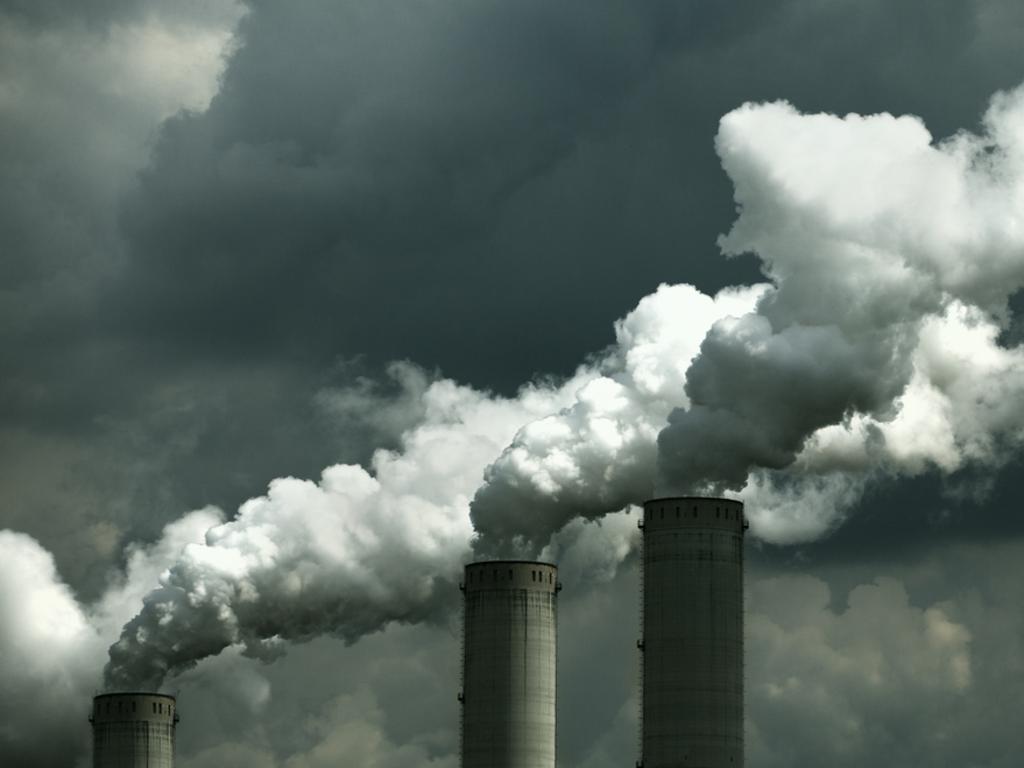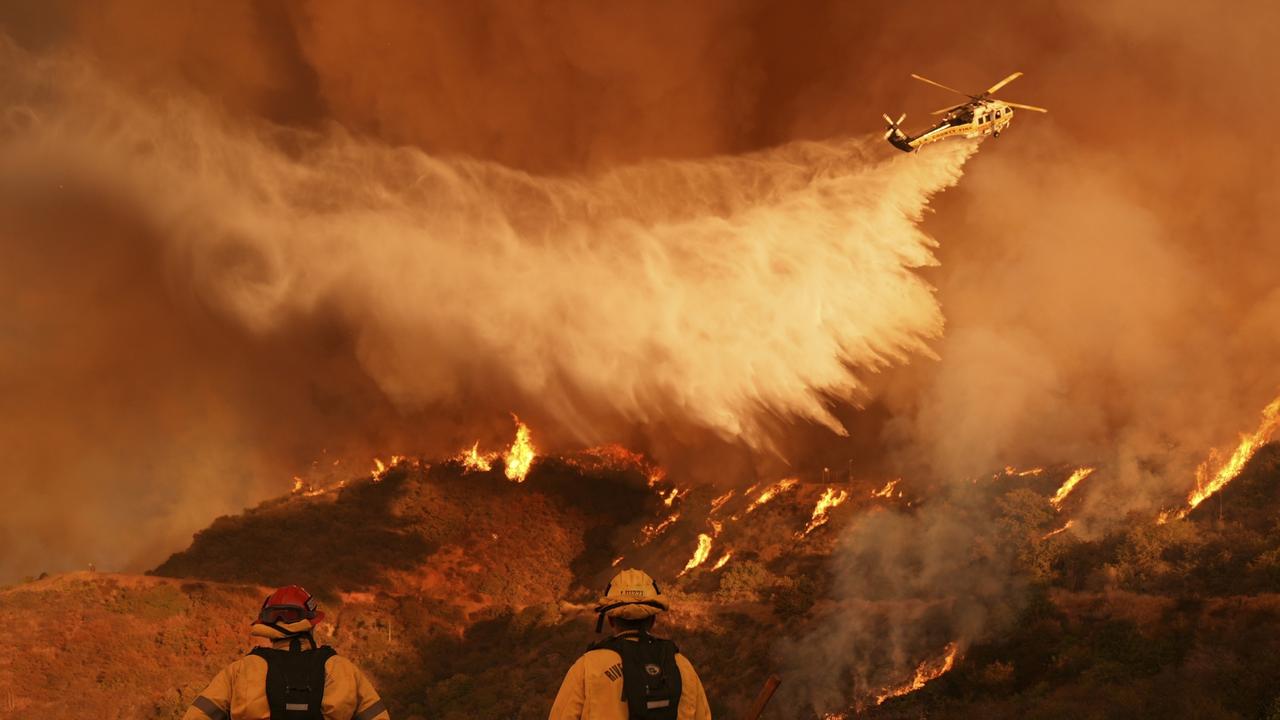The billionaire mining magnate who bet coal had a future - and won big
The world’s dirtiest fossil fuel is booming and few are profiting more than Low Tuck Kwong, the 76-year-old businessman behind one of Asia’s largest coalmining complexes.
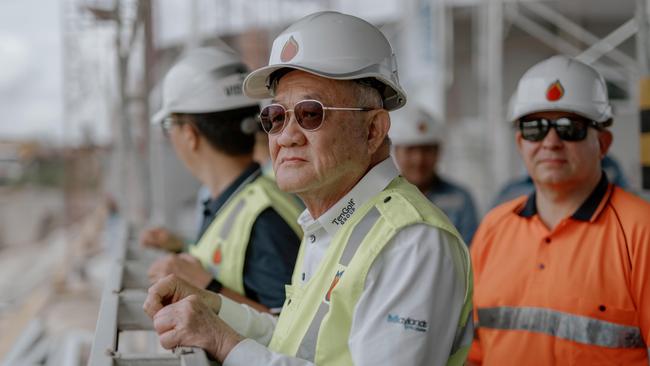
Deep in Indonesian Borneo, workers laid asphalt on a new 90km road being built to transport coal from mines that have never been busier.
At one end of the road, crews built a 13m-high conveyor belt that whisks the coal over swampland to a new jetty on the Mahakam River. From there, the coal is funnelled on to barges and floated downstream to a private port on the Pacific Ocean.
Giant loading machines fill equally massive ships headed for China, India and The Philippines.
Coal, the world’s dirtiest fossil fuel, is booming, and few are profiting more than Low Tuck Kwong, the 76-year-old businessman behind one of Asia’s largest coalmining complexes. Coal’s resurgence as a cheap and reliable energy source has propelled him to a spot on Forbes’ 100 richest people list.
Low’s wealth is estimated to have swelled to $US28bn ($45.5bn) from $US1bn in the years since coal was assumed to be headed for the slag heap.
Some experts had concluded that coal consumption peaked in 2013 at eight billion tonnes. It has since surpassed that level three years in a row.
Indonesia, the world’s largest coal exporter, is shipping more of it than any nation in history. In December, the International Energy Agency abandoned projections that coal use would drop in coming years, saying it will increase through at least 2027 to almost nine billion tons.
Western nations have turned away from coal, but emerging economies are taking up the slack, as more nations seek to industrialise, modernise and raise their people from poverty.
A swathe of Asia that spans Vietnam, Indonesia and The Philippines to India, Bangladesh and Pakistan – together home to 30 per cent of humanity – has increased the share of its power supply that comes from coal.
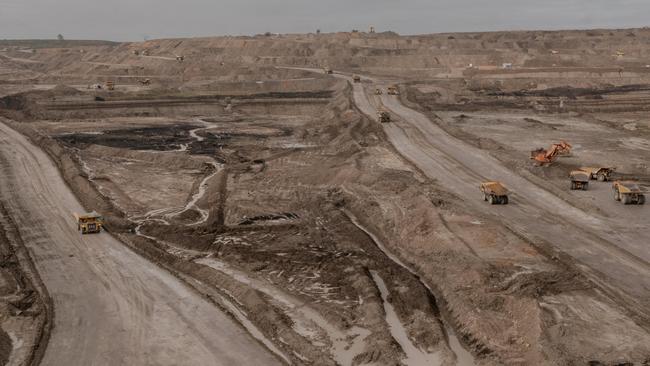
By comparison, the UK, where coal helped fuel the industrial revolution two centuries ago, shut down its last coal-powered plant in September.
In China, energy demand is growing at such a pace that the amount of coal burned keeps climbing, despite a push toward renewable energy.
The uptick defies expectations from a few years ago, when coal consumption in the world’s second-largest economy had stagnated.
Experts had predicted that Beijing’s solar and wind investments, in conjunction with a shift toward less energy-intensive industries, would herald an era of shrinking demand. Instead, coal use in 2021 surpassed the nation’s 2013 peak. China consumes 30 per cent more coal than the rest of the world combined, the IEA reported last month.
For developing nations in Asia, coal is hard to beat. Regional supplies are plentiful, unlike oil and natural gas.
In contrast to solar, wind and hydropower, it generates electricity regardless of the weather, providing a dependable anchor for the region’s expanding power grids.
Severe droughts in China in 2022 and 2023 reduced hydropower generation, helping spur a coal surge.
Coal underpins cement production for India’s infrastructure push and powers factories in Vietnam, which is racing to buttress its position as a top manufacturing alternative to China.
It powers Indonesia’s nickel industry, which feeds the production of electric-vehicle batteries.
As heatwaves throttle Asia, a growing middle class is installing millions of new airconditioning units a year, driving electricity demand higher.
Power-hungry data centres are multiplying to sate computer banks behind artificial intelligence. The shift to electric vehicles also is putting new pressure on power grids.
“We’ve forecast peak coal at least three times,” said Rory Simington, a coal analyst with Wood Mackenzie, a natural resources analytics company. “We keep getting surprised.”
King coal
Low’s company, Bayan Resources, is looking to supercharge its coalmining to more than 80 million tons a year by 2026, up from 50 million in 2023.
The company is building an airport to ferry workers to its remote mining site.
Even the billionaire’s private zoo, built on his concession, needs to make way for the mining of the bounty buried beneath. That means Filbert, the rescue orang-utan, will move to new digs, along with more than a dozen tigers, two zebra-donkey hybrids called zonkeys and Low’s zorse.
Bayan has spent about $US500m on its infrastructure expansion since 2020, and the company isn’t worried about coal’s future.
“Many poor countries still need coal,” Low said.
The US and other wealthy countries have offered billions of dollars in financing to encourage such developing countries as Indonesia, Vietnam and South Africa to retire their coal plants in favour of green energy.
But sceptical leaders in the developing world say the aid, mostly loans, isn’t enough to overhaul their energy grids while saddling them with debt.
At a coal conference in September, Luhut Pandjaitan, a senior Indonesian government official, said his country would try to reduce the rate of rising carbon emissions while expanding the economy. He challenged advanced countries to take the lead.
“Countries that have greater capacity must reduce carbon emissions further and faster,” he said.
Environmentalists chalk up coal’s persistence in part to vested interests.
Coal tycoons in Indonesia and India, for instance, wield great political influence, discouraging the government from sharp moves away from their fossil fuel.
The industry also employs millions of people and provides enormous tax revenue from exports.
Even Switzerland-based Glencore, one of the West’s largest miners, has scotched a proposal to spin off its coal holdings.
“The world continues to grow. It needs that energy, needs that high-quality coal, and we provide that,” said chief executive Gary Nagle in August. Shareholders were very happy for the company to stay the course, he added.
The resurgence in coal use is helping doom the international goal of stopping global temperatures from rising more than 1.5C above pre-industrial temperatures.
To be on track for that decade-old target, the UN said in October that coal’s share of global power generation would have to come down from 32 per cent in 2022 to 4 per cent in 2030. Analysts consider that next to impossible.
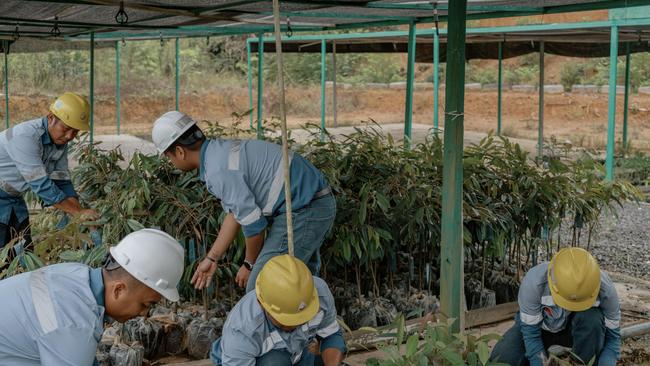
Ill-timing
Low, Indonesia’s coal baron, not only has a personal zoo and travels to his coal site via helicopter, but carries his own bag and wears the same pair of what look like $300 Swiss-brand black sneakers for a few days at a stretch.
He bought his first coalmine concession in Borneo in the 1990s. Most investors were focused on mines near the coast, spots where coal could easily be shipped. Low’s site was inland and not especially close to a river.
“People said there was something wrong with our brains,” Low recalled.
But the coal was high-grade, and Low, an engineer by training, was confident he could make it work.
At the time, favourable government regulations helped Indonesia emerge as a major player in the regional coal trade, which until then had been dominated by Australia.
Big markets such as Japan, South Korea and Taiwan began buying large amounts of coal from Borneo, which had the advantage of being conveniently close for shipment.
Low’s operations got off to a lumpy start. By the time the first shipment was ready in 1998, the three-decade reign of Suharto, Indonesia’s dictator, had just ended.
Low’s Japanese buyer, fearing unrest, refused to send a ship to collect the coal, forcing the company to hunt for a new buyer.
Low’s company focused on expansion, purchasing a coal port on Borneo’s east coast in 1998. Over the next 15 years, it added new mines around the area, piling on debt.
The investment appeared ill-timed. Global concern about climate change led to the negotiation of the Paris Agreement in 2015, in which nations said they would limit carbon emissions, hurting coal’s prospects.
During that period, Chinese policymakers were restructuring the economy toward clean energy and away from years of breakneck infrastructure and manufacturing-led growth that had fuelled a massive rise in coal demand.
“The coal industry is facing huge pressures, and the main reason is China,” Fatih Birol, the head of the International Energy Agency, said in 2015.
“The economic transformation in China and environmental policies worldwide – including the recent climate agreement in Paris – will likely continue to constrain global coal demand.”
Bankers for Low’s company hired a consultant who concluded that future expansion was unrealistic. The consultant said the company would never sell more than 15 million tonnes of coal a year from its main mining site, a company executive recalled. The company, swimming in more than $US800m of debt, negotiated with creditors to buy time.
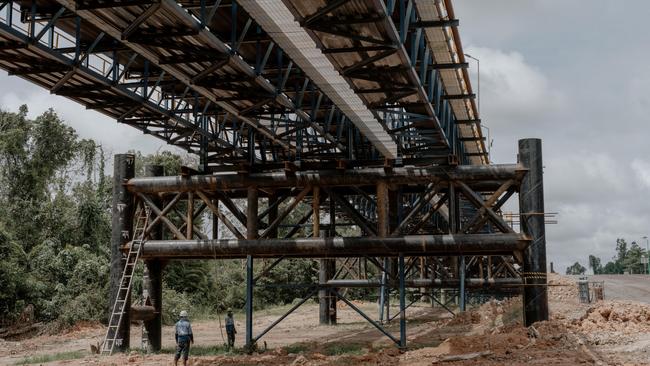
Instead of burying coal for good, China maintained its position as the world’s factory floor and its ravenous demand for power continued. India and Indonesia fired up more coal plants to support their industrial ambitions. Coal prices rose. By 2018, Low’s company returned to financial health.
Logistics remained a persistent problem: the company’s main mine was some 225km inside Borneo, far from coastal ports.
“Mining coal is pretty easy. You dig it out of the ground,” said Alastair McLeod, Bayan’s chief financial officer. “Getting it to where you can sell it is the issue.”
In 2019, a lengthy dry season reduced water levels in the fickle river tributary Bayan depended on to transport coal to the coast. In desperation, senior company executives consulted a local shaman and gave an offering of eggs and bananas to a local river god, hoping for rain.
It came, eventually, but the company sought a more reliable solution. So Bayan began building a road through the rugged terrain of eastern Borneo, connecting its mines to the main Mahakam River, which was deep enough to barge coal even in the dry season. To get the coal to the Mahakam jetty, the road would need to be flat and arrow-straight for the double-trailer trucks bearing 220-tonne loads.
Along the way, crews hit swampy terrain, causing worries that the road might sink under the weight of the coal-laden trucks. The company built an overland conveyor belt for the final 8km.
Near one of the main mining sites, a crew of Japanese and Indonesian workers for Komatsu, a Japanese heavy machinery company, was assembling the first of six new 8m-high coal loaders near one of the main mining sites.
The wheels are almost 5m high, and each vehicle weighs about 240 tonnes, about three times the weight of an Abrams tank. They can lift more than 41 tonnes of coal with each shovelful.
“We’re doubling our capacity. We believe there is 30 years or maybe 40 years of coal still going forward,” said McLeod. “Other people may not believe it.”
THE WALL STREET JOURNAL

